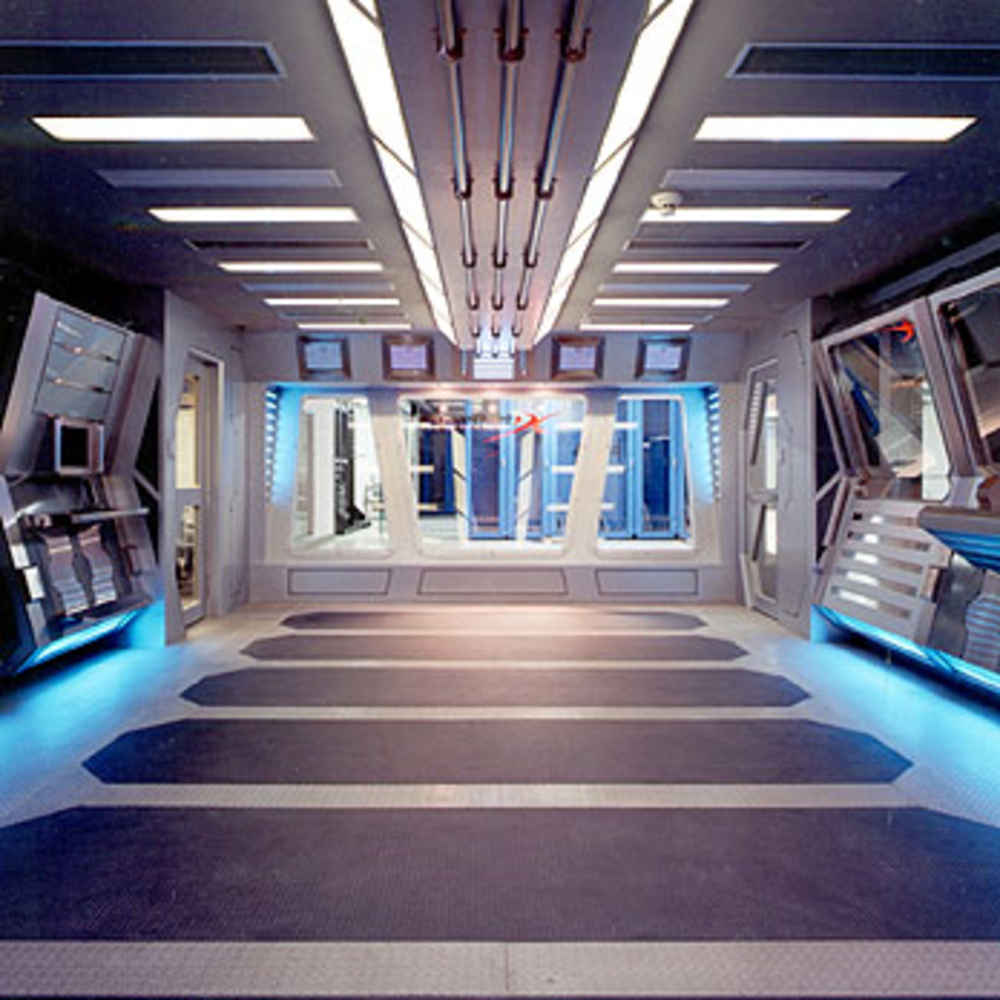Protocols that enable multiple users to share a finite
amount of frequency and time resources
![]() Needed for efficient operation and good performance
Needed for efficient operation and good performance
for wireless systems
![]() minimize overhead while maximizing overall
minimize overhead while maximizing overall
network capacity
The main types of MAC:
![]() Fixed assignment techniques - Frequency-division multiple access (FDMA),
Fixed assignment techniques - Frequency-division multiple access (FDMA),
Time-division multiple access (TDMA),
Spread-spectrum multiple access (SSMA),
Frequency-hopped spread-spectrum (FHSS),
Direct-sequence spread-spectrum (DSSS) / Code-division
multiple access (CDMA),
Space-division multiple access (SDMA)
![]() Random access (RA) techniques - Packet-radio techniques (PR)
Random access (RA) techniques - Packet-radio techniques (PR)
![]() Controlled random access - Combination fixed assignment and RA, Use RA to obtain fixed resources
Controlled random access - Combination fixed assignment and RA, Use RA to obtain fixed resources
MAC Address
The MAC address is a unique value associated with a network adapter. MAC addresses are also known as hardware addresses or physical addresses. They uniquely identify an adapter on a LAN.
The MAC address is used by the Media Access Control sublayer of the Data-Link Layer (DLC) of telecommunication protocols. There is a different MAC sublayer for each physical device type. The other sublayer level in the DLC layer is the Logical Link Control sublayer.
MAC addresses are 12-digit hexadecimal numbers (48 bits in length). By convention, MAC addresses are usually written in one of the following two formats:
MM:MM:MM:SS:SS:SS
MM-MM-MM-SS-SS-SS
The first half of a MAC address contains the ID number of the adapter manufacturer. These IDs are regulated by an Internet standards body (see sidebar). The second half of a MAC address represents the serial number assigned to the adapter by the manufacturer. In the example,
00:A0:C9:14:C8:29
The prefix
00A0C9
indicates the manufacturer is Intel Corporation.
MAC addresses are sometimes referred to as burned-in addresses (BIAs) because they are burned into read-only memory (ROM) and are copied into random-access memory (RAM) when the NIC initializes.
The address tables hold the destination MAC address, the VLAN ID, the Mac address priority and
the port number associated with each address. Entries are added into the MAC address table in the following ways:
![]() The switch can learn entries by examining packets it receives. The system updates its MAC
The switch can learn entries by examining packets it receives. The system updates its MAC
address table with the source MAC address from a packet, the VLAN and the port identifier on
which the source packet is received. The ability to learn MAC addresses can be enabled or
disabled on a port-by-port basis. The user can also limit the number of addresses that can be
learned on a port, or he can “shutdown” the current port and prevent additional MAC address learning.
![]() Entries can be entered and updated using the command-line interface (CLI).
Entries can be entered and updated using the command-line interface (CLI).
![]() The switch self MAC address entries are added by the system for each created VLAN.
The switch self MAC address entries are added by the system for each created VLAN.
![]() Multicast MAC address entries are added by the multicast protocols (such as GMRP, IGMP
Multicast MAC address entries are added by the multicast protocols (such as GMRP, IGMP
snooping, etc.).
Why MAC Address?
Recall that TCP/IP and other mainstream networking architectures generally adopt the OSI model. In this model, network functionality is subdivided into layers. MAC addresses function at the data link layer (layer 2 in the OSI model). They allow computers to uniquely identify themselves on a network at this relatively low level.
Find a MAC Address in Windows
In Windows 95, Windows 98 and Windows ME, the winipcfg utility displays the computer's MAC address. Use the ipconfig utility (with the /all option) in Windows NT and any newer versions of Windows.
Both 'winipcfg' and 'ipconfig' may display multiple MAC addresses for one computer. One MAC address exists for each installed network card. Additionally, Windows maintains one or more MAC addresses that are not associated with hardware cards.
For example, Windows dial-up networking uses virtual MAC addresses to manage the phone connection as if it were a network card. Some Windows VPN clients likewise have their own MAC address. The MAC addresses of these "virtual" network adapters are the same length and format as true hardware addresses.
The list below summarizes options to find a computer's MAC address:
Windows 95 and newer: winipcfg
Windows NT and newer: ipconfig /all
Linux and some Unix: ifconfig -a
 Macintosh with Open Transport: TCP/IP Control Panel - Info or User Mode/Advanced
Macintosh with Open Transport: TCP/IP Control Panel - Info or User Mode/Advanced
Macintosh with MacTCP: TCP/IP Control Panel - Ethernet icon
more from Wikipedia http://en.wikipedia.org/wiki/MAC_address
more from About.com http://compnetworking.about.com/od/.../l/aa062202a.htm
more from Webopedia http://www.webopedia.com/TERM/M/MAC_address.html

















